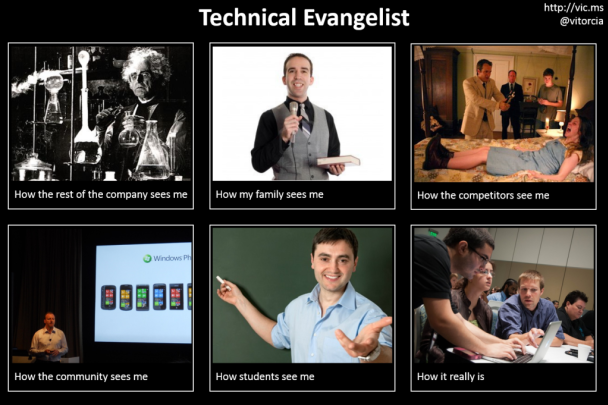
I’m often asked how to get started in tech evangelism, so I thought I’d write it down to make it easier to share. You can find part 1 of this series here.
Building a Community
I now had some connections with game journalists and developers, but how could I combine the two? Well, developers are always looking for publicity and reaching out to writers, so why couldn’t I put the two together in a way that would benefit both parties? With that in mind, I piggybacked on the success of the Indie Games Winter Uprising, a promotional campaign put together by the XBLIG development community the previous year. The campaign worked pretty well and got a lot of publicity for the teams who launched games on the platform, but it didn’t seem as though anyone wanted to pick up the torch and do a second event.
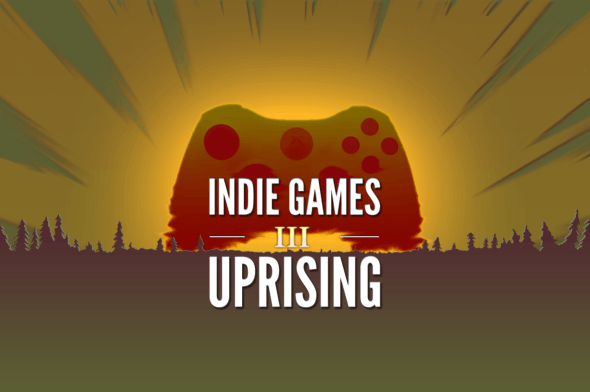
With that in mind, Kris Steele, a fellow XBLIG developer, and I began to outline the Indie Games Summer Uprising, and build a campaign with an even larger community. I have an entire postmortem on this, as I gave a talk on it at GDC 2012, so I won’t go into great detail, other than to say I’m confident that we did a great job of highlighting many of the best developers on that platform.
We did this by creating a website to showcase their games, launching a total of 10 titles in succession over a 2 week period, and actively engaging the community through Twitter and Facebook, and allowing them to vote on the games they wanted to see highlighting through the promotion. Even better, we somehow got Microsoft on board and not only did the team get tons of press, but we also got on the front of the Xbox Live dashboard, which appears when gamers start their console. This spot is typically reserved for advertisers who pay large amounts of money for the publicity, and here we were, with me as a construction worker, helping to make this happen.
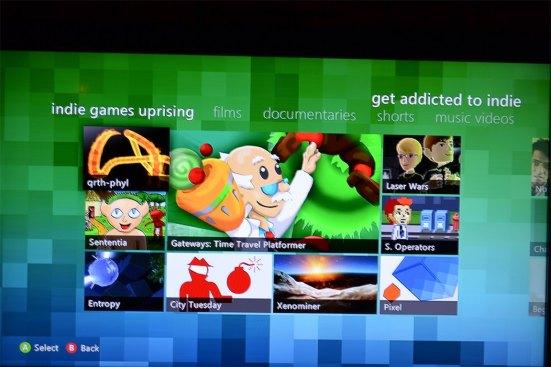
We would go on to create a similar campaign the following fall, which was largely lead by Michael Hicks, a student at the time, who would later release games on Xbox 360 as well as his recent release of Pillar on PS4. Kris, Michael, and I just launched the fourth and final promotion of the platform, to celebrate the developers who made it all possible.
From there, I created the NYC Unreal Engine meetup group and hosted it out of our construction site office every 3 weeks or so. We were averaging around 25 people per meeting at first — not bad at all! The difficult part was finding other people who knew Unreal Script, a relative obscure language. I also attended game jams at schools such as NYU, and used that as a way to learn new skills and network. It was then, in 2011, when I first started using Unity, and put my C# skills to use.
The takeaway:
You can’t do it all alone. Work with others who are more talented than you to combine your skills and create the Voltron of whatever it is you enjoy.
Facing Rejection

My name was finally appearing in Google searches due to the fantastic people I was working with, and it got the attention of someone at Microsoft, as I was asked to interview for a role on the Xbox Live Indie Games team as a community / program manager of sorts, as the platform was beginning to dwindle down a bit. I still distinctly remember how excited I was for that second interview call, as I put down the broom I was sweeping with to find a quiet spot on the construction site during lunch to take that call.
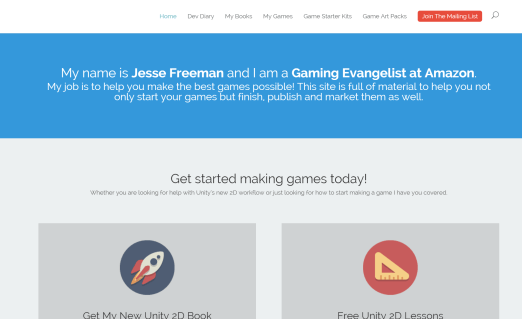
Along the way, Jesse Freeman, a new Tech Evangelist at Microsoft, and his boss, Bob Familiar, stumbled across my name in the NYC gaming community, I believe through my website, and asked me to come into their office one day. Of course I said yes, and when I found out what an Evangelist did, I was enamored. From there, I would go to all of the gaming events and meetups that Jesse hosted, and it was here that I first learned JavaScript, as he was an experienced web developer and would often provide tutorials.
After a few months of activity with the group, Bob asked me to come in and interview, so I flew to Boston and interviewed, but you saw the result of that in the paragraph above. I would have never met this two great folks if I wasn’t actively trying to get engaged with the community, and I would never have had the opportunity to interview if I hadn’t met them.
A few days later, I heard back and learned that they wanted me to have a more solid understanding of programming and technology as a whole before I could be hired. I was devastated, but used it as a catalyst to learn even more. I felt I was so close, and if I had already gotten on their radar then it was only a matter of time until I could land the job.
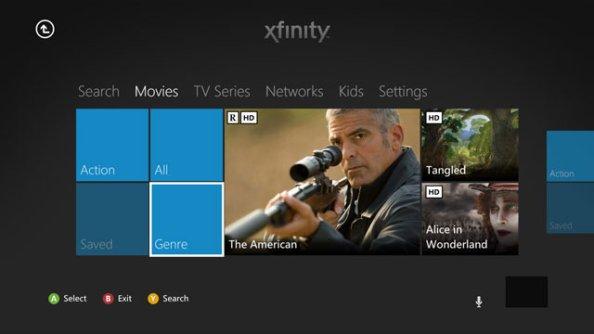
Immediately after, I interviewed at Comcast and got hired to work on their Xbox 360 and Xbox One applications, which have helped me out quite a bit today in a number of ways. The hardest part of starting a career is getting your foot in the door to get that first job, and this was it for me.
The takeaway:
Learn to handle rejection. If you take many shots, you’re going to miss quite a few. But you also learn a lot along the way.
Continue reading %How I Got Started in Technical Evangelism – Part 2%
Source: SitePoint
